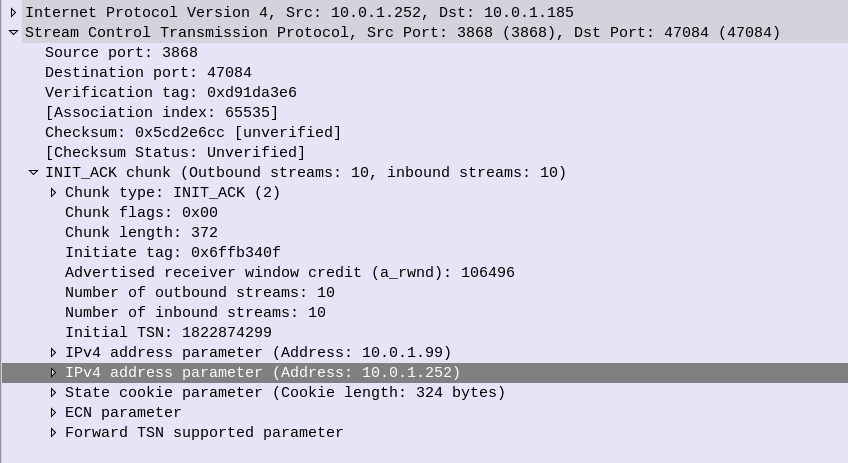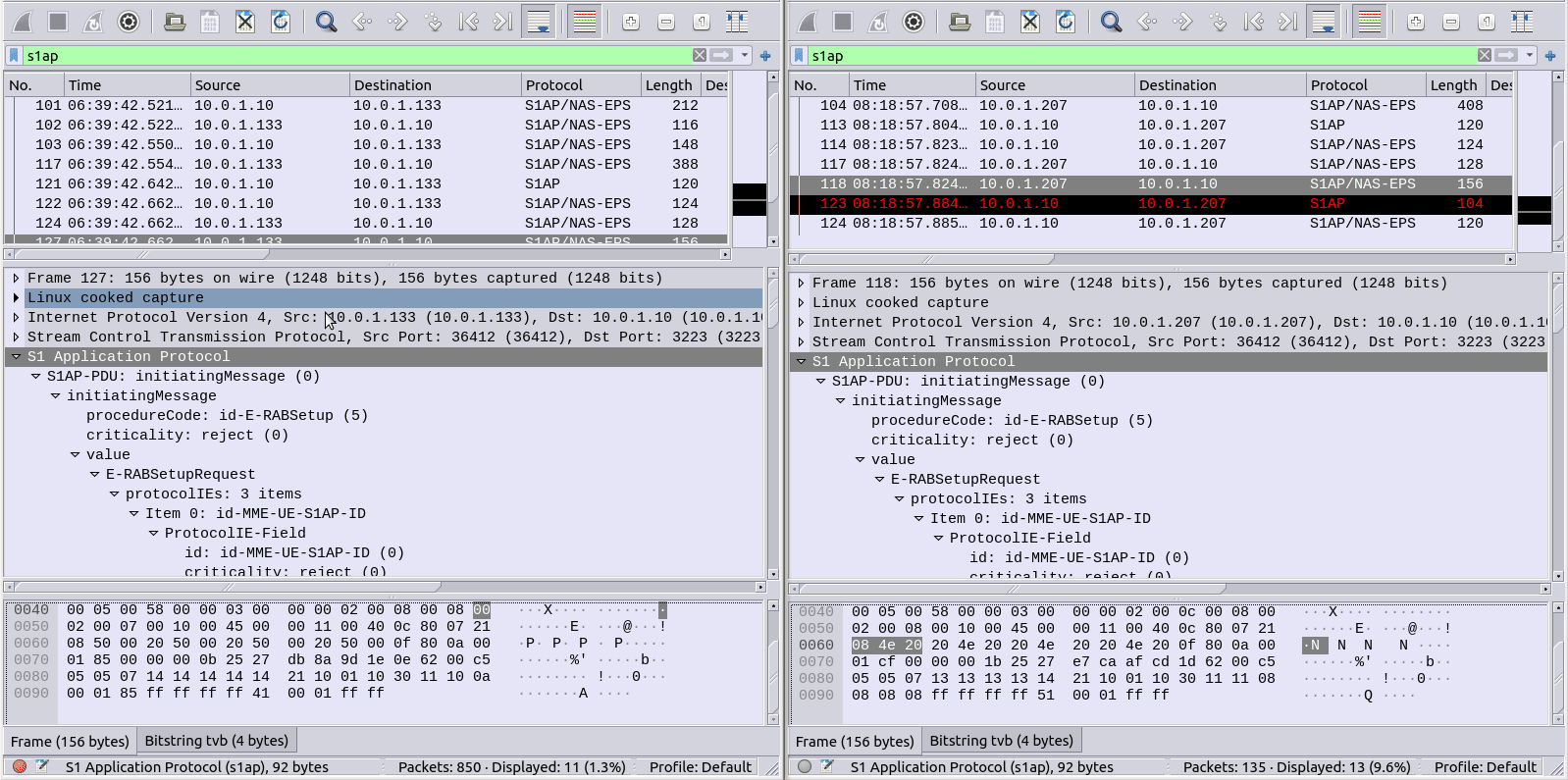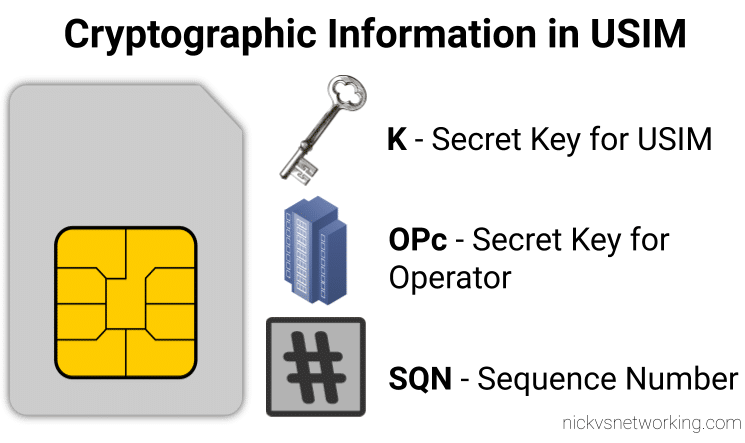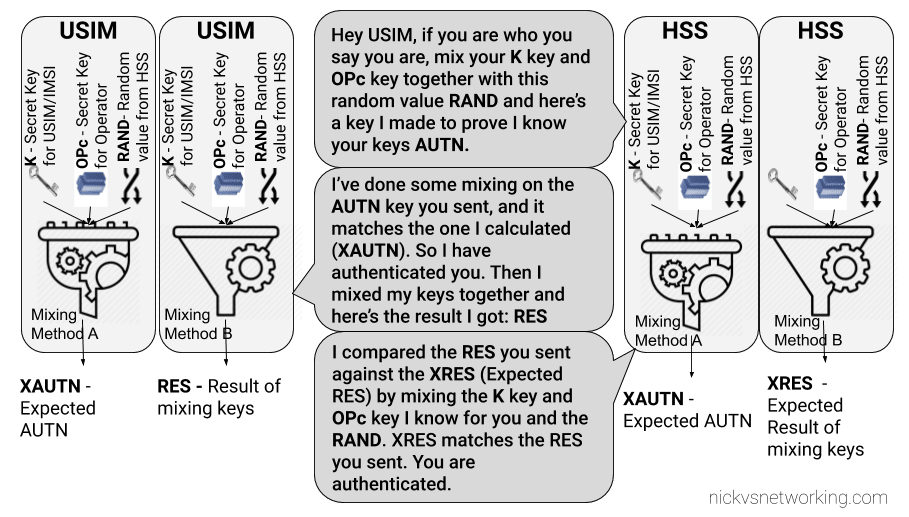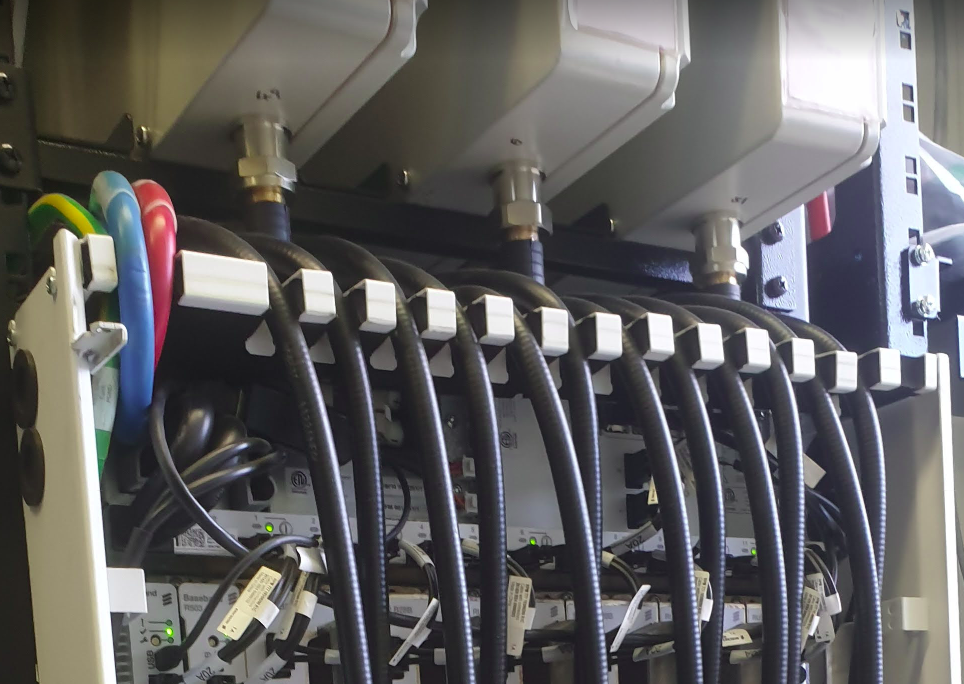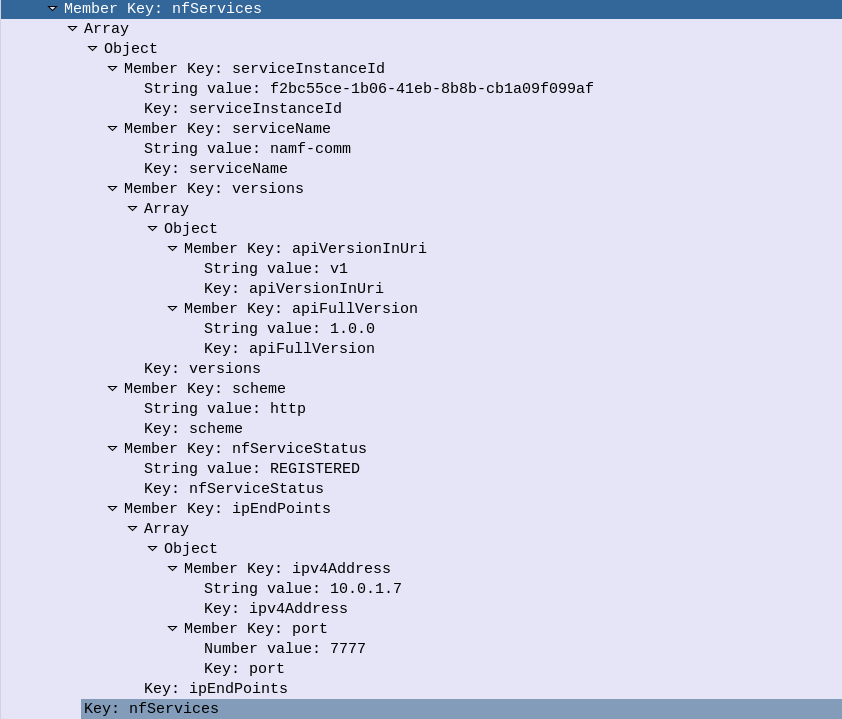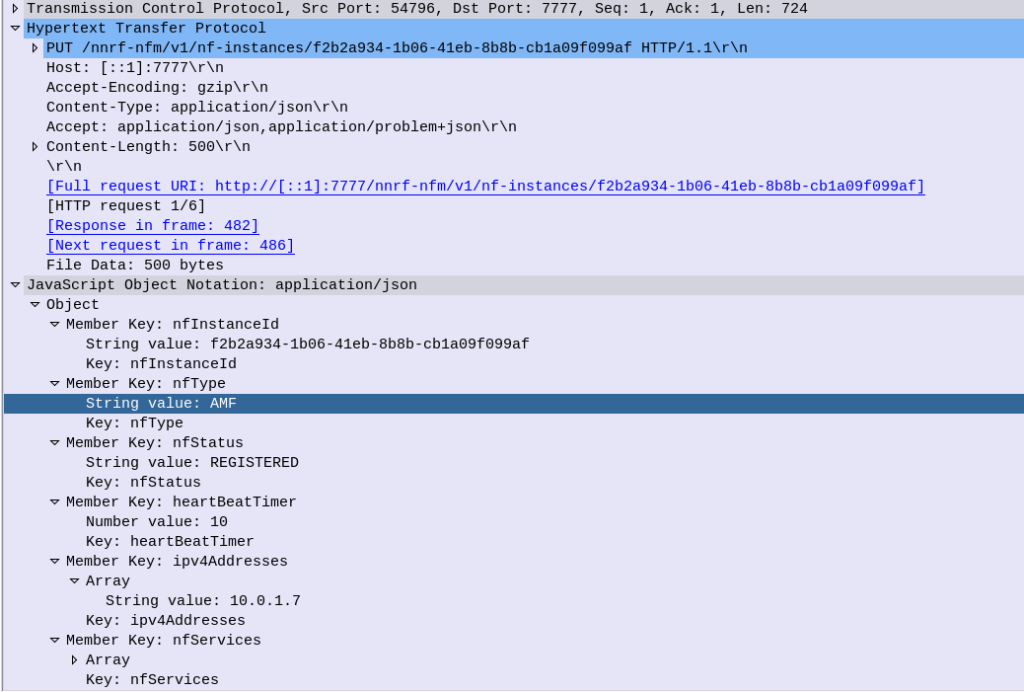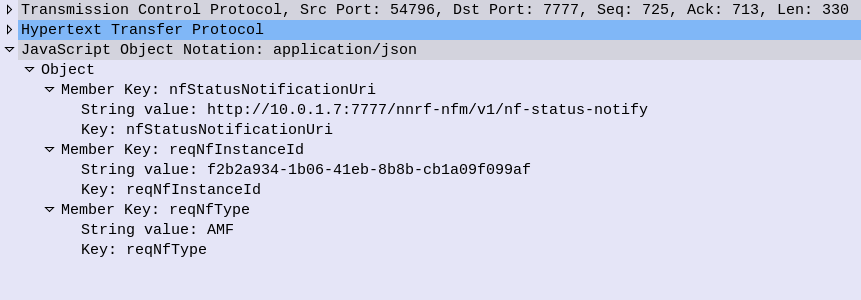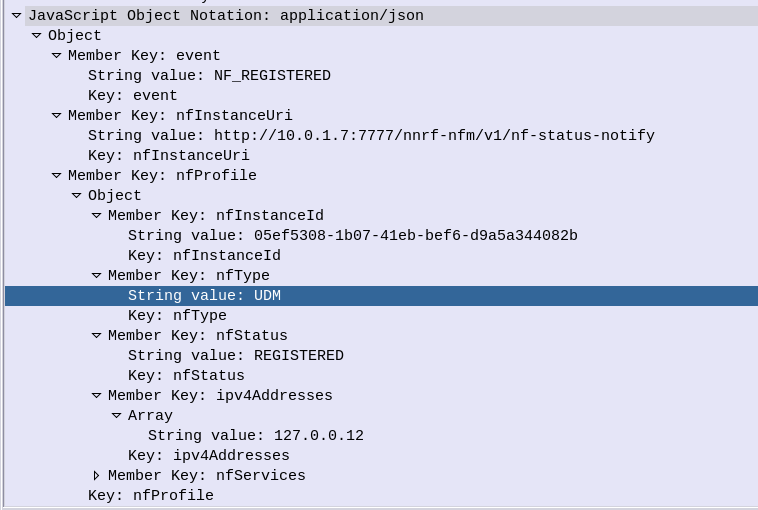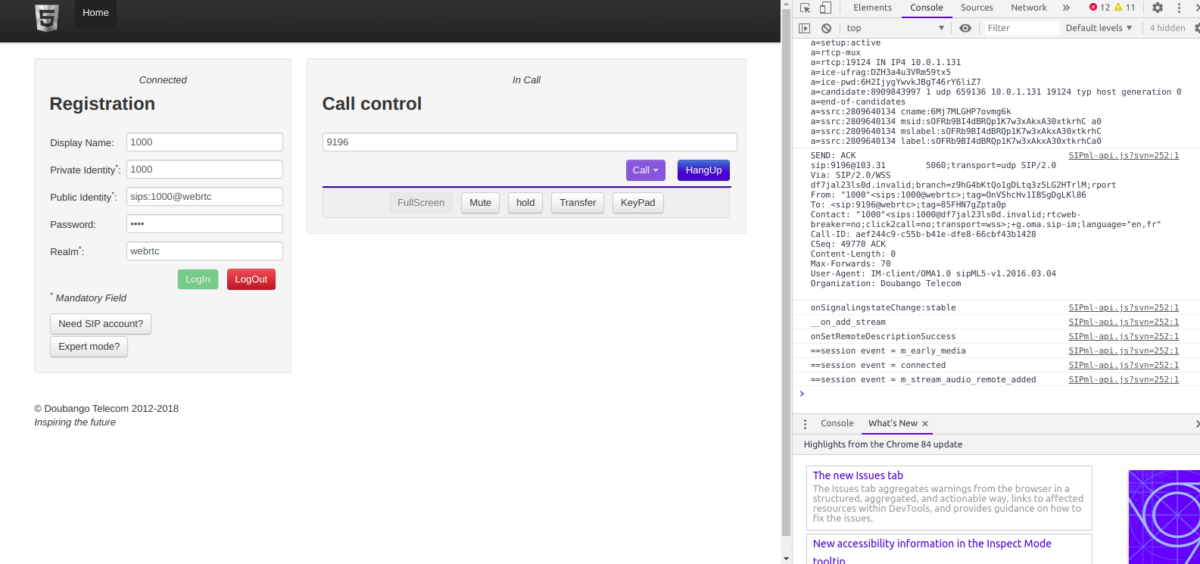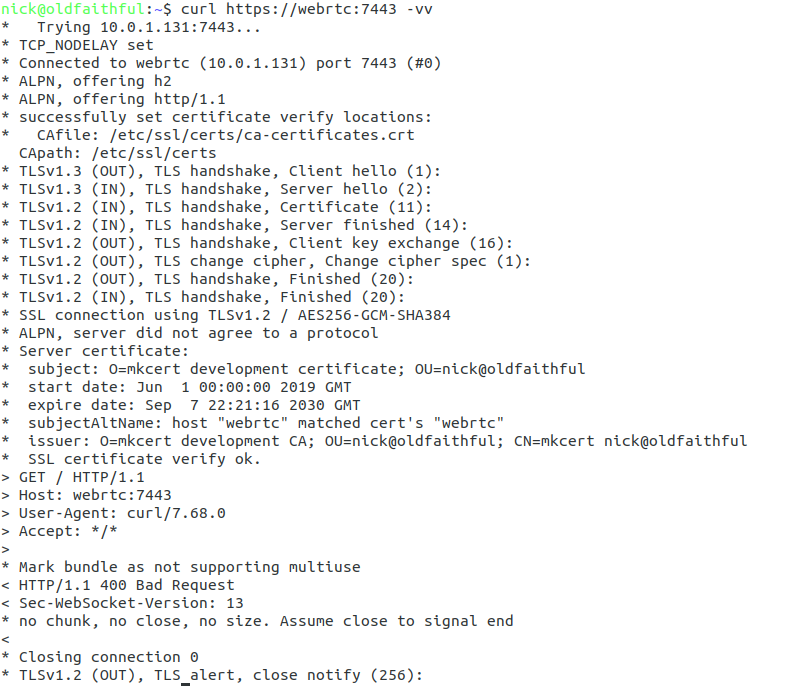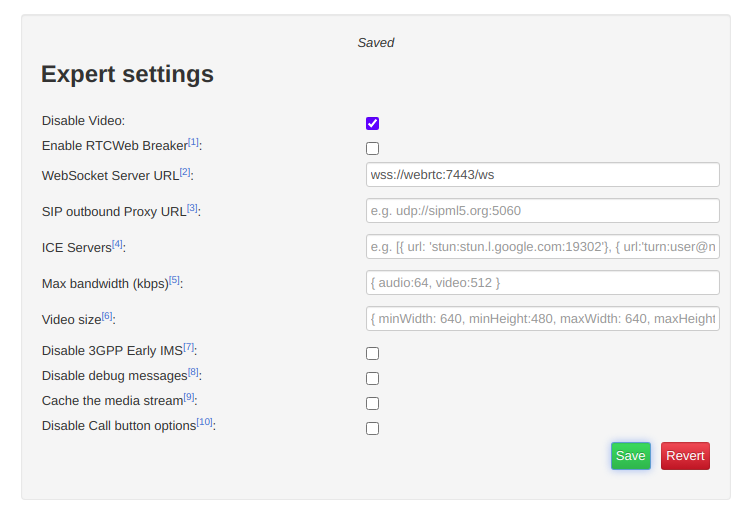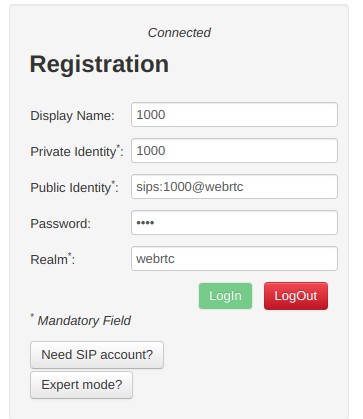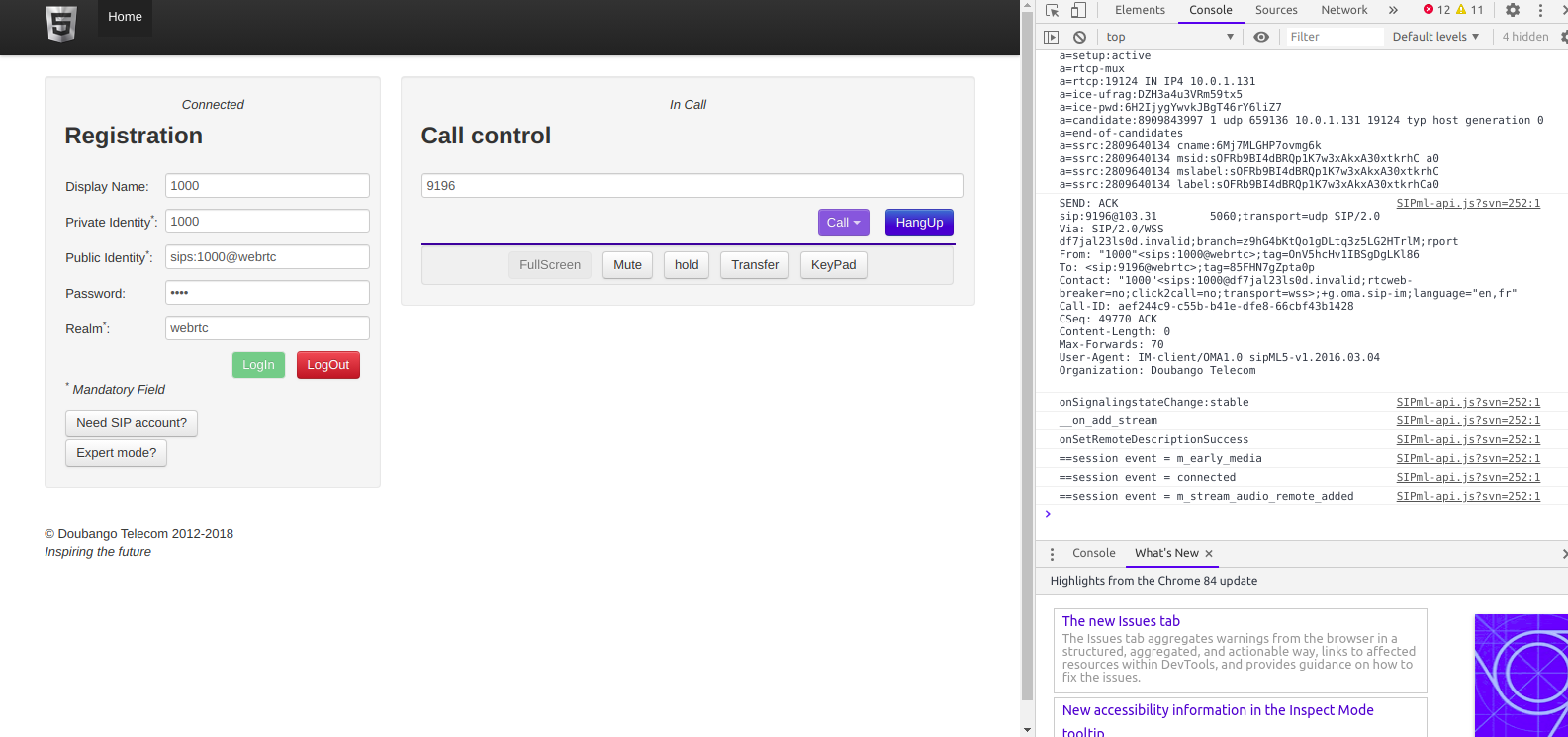Chances are if you’re reading this, you’re trying to work out what Telephony Binary-Coded Decimal encoding is. I got you.
Again I found myself staring at encoding trying to guess how it worked, reading references that looped into other references, in this case I was encoding MSISDN AVPs in Diameter.
How to Encode a number using Telephony Binary-Coded Decimal encoding?
First, Group all the numbers into pairs, and reverse each pair.
So a phone number of 123456, becomes:
214365
Because 1 & 2 are swapped to become 21, 3 & 4 are swapped to become 34, 5 & 6 become 65, that’s how we get that result.
TBCD Encoding of numbers with an Odd Length?
If we’ve got an odd-number of digits, we add an F on the end and still flip the digits,
For example 789, we add the F to the end to pad it to an even length, and then flip each pair of digits, so it becomes:
87F9
That’s the abbreviated version of it. If you’re only encoding numbers that’s all you’ll need to know.
Detail Overload
Because the numbers 0-9 can be encoded using only 4 bits, the need for a whole 8 bit byte to store this information is considered excessive.
For example 1 represented as a binary 8-bit byte would be 00000001, while 9 would be 00001001, so even with our largest number, the first 4 bits would always going to be 0000 – we’d only use half the available space.
So TBCD encoding stores two numbers in each Byte (1 number in the first 4 bits, one number in the second 4 bits).
To go back to our previous example, 1 represented as a binary 4-bit word would be 0001, while 9 would be 1001. These are then swapped and concatenated, so the number 19 becomes 1001 0001 which is hex 0x91.
Let’s do another example, 82, so 8 represented as a 4-bit word is 1000 and 2 as a 4-bit word is 0010. We then swap the order and concatenate to get 00101000 which is hex 0x28 from our inputted 82.
Final example will be a 3 digit number, 123. As we saw earlier we’ll add an F to the end for padding, and then encode as we would any other number,
F is encoded as 1111.
1 becomes 0001, 2 becomes 0010, 3 becomes 0011 and F becomes 1111. Reverse each pair and concatenate 00100001 11110011 or hex 0x21 0xF3.
Special Symbols (#, * and friends)
Because TBCD Encoding was designed for use in Telephony networks, the # and * symbols are also present, as they are on a telephone keypad.
Astute readers may have noticed that so far we’ve covered 0-9 and F, which still doesn’t use all the available space in the 4 bit area.
The extended DTMF keys of A, B & C are also valid in TBCD (The D key was sacrificed to get the F in).
| Symbol | 4 Bit Word | |
| * | 1 0 1 0 | |
| # | 1 0 1 1 | |
| a | 1 1 0 0 | |
| b | 1 1 0 1 | |
| c | 1 1 1 0 |
So let’s run through some more examples,
*21 is an odd length, so we’ll slap an F on the end (*21F), and then encoded each pair of values into bytes, so * becomes 1010, 2 becomes 0010. Swap them and concatenate for our first byte of 00101010 (Hex 0x2A). F our second byte 1F, 1 becomes 0001 and F becomes 1111. Swap and concatenate to get 11110001 (Hex 0xF1). So *21 becomes 0x2A 0xF1.
And as promised, some Python code from PyHSS that does it for you:
def TBCD_special_chars(self, input):
if input == "*":
return "1010"
elif input == "#":
return "1011"
elif input == "a":
return "1100"
elif input == "b":
return "1101"
elif input == "c":
return "1100"
else:
print("input " + str(input) + " is not a special char, converting to bin ")
return ("{:04b}".format(int(input)))
def TBCD_encode(self, input):
print("TBCD_encode input value is " + str(input))
offset = 0
output = ''
matches = ['*', '#', 'a', 'b', 'c']
while offset < len(input):
if len(input[offset:offset+2]) == 2:
bit = input[offset:offset+2] #Get two digits at a time
bit = bit[::-1] #Reverse them
#Check if *, #, a, b or c
if any(x in bit for x in matches):
new_bit = ''
new_bit = new_bit + str(TBCD_special_chars(bit[0]))
new_bit = new_bit + str(TBCD_special_chars(bit[1]))
bit = str(int(new_bit, 2))
output = output + bit
offset = offset + 2
else:
bit = "f" + str(input[offset:offset+2])
output = output + bit
print("TBCD_encode output value is " + str(output))
return output
def TBCD_decode(self, input):
print("TBCD_decode Input value is " + str(input))
offset = 0
output = ''
while offset < len(input):
if "f" not in input[offset:offset+2]:
bit = input[offset:offset+2] #Get two digits at a time
bit = bit[::-1] #Reverse them
output = output + bit
offset = offset + 2
else: #If f in bit strip it
bit = input[offset:offset+2]
output = output + bit[1]
print("TBCD_decode output value is " + str(output))
return output


